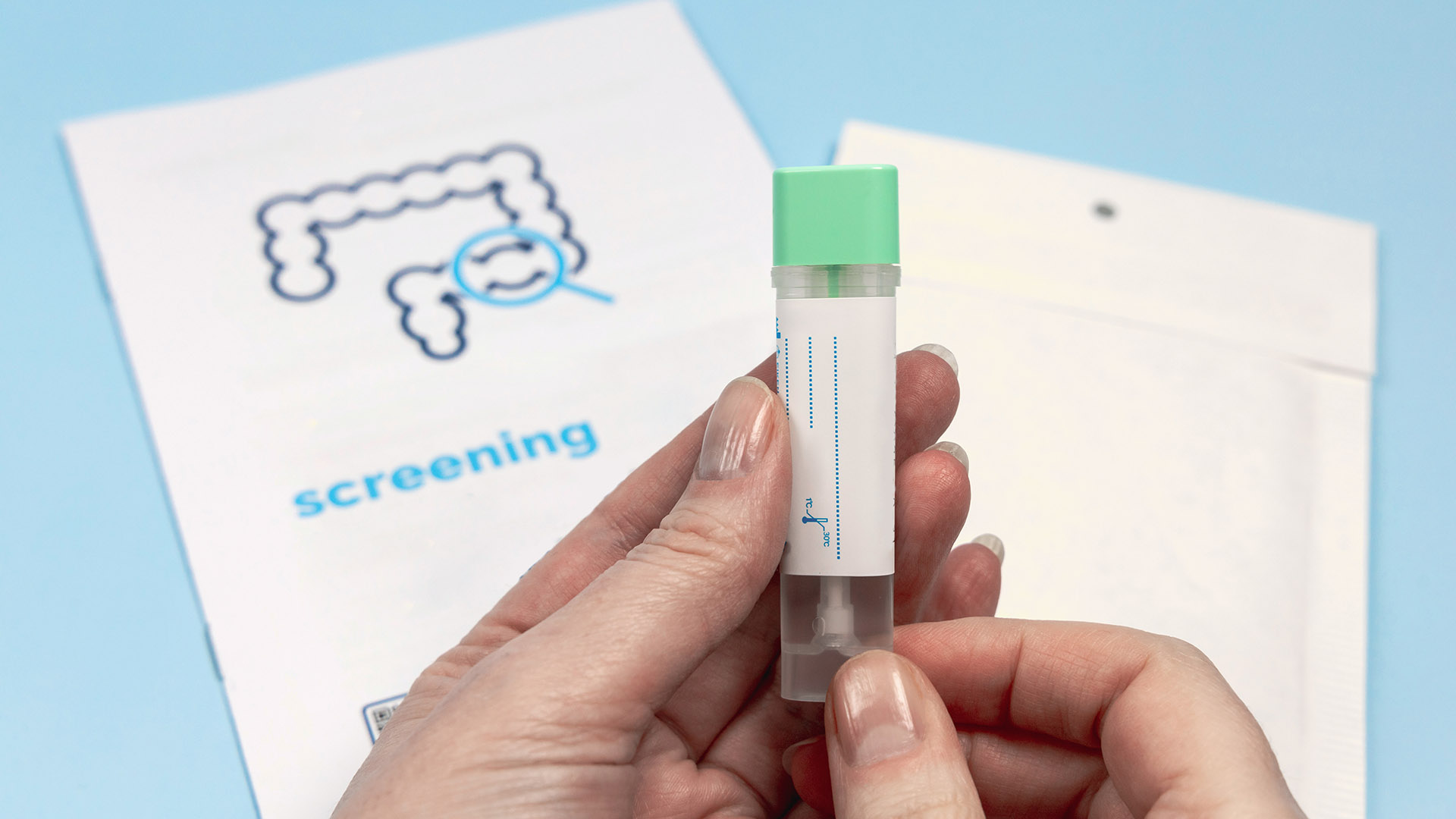Permanente Medical Groups led the U.S. in 2025 HEDIS rankings for preventive care, specialty care, chronic care, and behavioral health care.

Addressing and Preventing Domestic Violence in Our Communities
Multidisciplinary Health Care Teams Provide Patients with Multiple Touchpoints to Talk About Intimate Violence Experiences
By Carly Marker
The Permanente Federation
Nearly 20 women and men per minute are physically abused by an intimate partner in the United States and, on a typical day, there are more than 20,000 phone calls placed to domestic violence hotlines nationwide. This equates to nearly 10 million women and men experiencing intimate partner violence (IPV) each year, with over 7 million of those seeking assistance through hotlines alone.
Women are disproportionately affected, and even more so if they represent a minority group.
At Kaiser Permanente, preventing and addressing IPV and its health effects begin with developing a supportive environment that provides patient resources, reduces stigma, and encourages disclosure. Kaiser Permanente clinicians are trained to screen for domestic violence at multiple touchpoints, and because of the integrated nature of the organization, they can easily refer patients to on-site social or behavioral health services. Strong partnerships with community resources also ensure that patients receive support outside of the care delivery setting.
Internist Brigid McCaw, MD, MPH, MS, medical director of the Family Violence Prevention Program for The Permanente Medical Group and national lead for the Kaiser Permanente family violence workgroup, explains why this model has been so effective for patients who’ve experienced abuse.
“In the context of a private and caring relationship with a health care provider, victims can feel safe to disclose abuse,” Dr. McCaw says. “As they work with a multidisciplinary health care team, patients have many points of contact over the course of their lives that make it possible to identify problems early, tailor interventions, and offer harm reduction strategies across the broad spectrum of abuse and violence.”
Unified Screening Tool
For example, ob-gyn patients seen by physicians of the Southern California Permanente Medical Group (SCPMG) are screened at intake for risk factors and past experiences related to domestic violence. According to Liza Eshilian-Oates, MD, a family physician and SCPMG’s regional lead for IPV and family violence, this effort has been underway for more than 5 years and is currently being integrated into one unified screening tool that includes other, formerly separate psychosocial screenings.
Kaiser Permanente integrates these screenings into its electronic medical record, making it easier for physicians to collaborate with one another and improve the overall care experience.
The U.S. Preventive Services Task Force today reaffirmed its 2013 recommendations of screening all women of reproductive age for intimate partner violence and provide ongoing support services.
In the context of a private and caring relationship with a health care provider, victims can feel safe to disclose abuse.
– Brigid McCaw, MD, MPH, MS
As demonstrated by these screenings, sometimes a simple inquiry into the patient’s home life is all it takes for the patient to feel comfortable confiding in his or her physician.
“I was telling my doctor how stressed out I was,” says Megan, a Kaiser Permanente member in Northern California who recounted her experience working with her physician after an abusive relationship. (Megan is a pseudonym used to protect the privacy of the patient.) “She asked me if I was being abused at home, and I said ‘yes.’ And that’s when my doctor connected me with the domestic violence support group at the medical center. I discovered I wasn’t the only woman this happens to.”
When children are also part of an abusive household, the exposure alone to intimate partner violence can cause its own trauma and life-long health effects even if the child doesn’t experience the abuse firsthand. This exposure, also known as an adverse childhood experience (ACE), was an additional consideration for Megan as she sought to end her abusive relationship.
“My son was 6-months-old and my daughter was 2, and I just did not want them in that environment anymore,” she says.
Awareness in the Community
Each year, 1 in 15 children are exposed to intimate partner violence, and 90 percent of these children are eyewitnesses to this violence. In addition, men exposed to domestic violence as a child are 3 to 4 times more likely to perpetuate IPV as adults when compared to men who did not.
“We are working to identify and help high-risk families, and thereby reduce the short and long-term health effects of IPV and ACES on children and their parents,” says Dr. Eshilian-Oates of SCPMG. She also stresses that the conversation about intimate partner violence must continue outside the hospital and clinic walls, with an emphasis on building awareness within communities and families that helps to break the cycle of IPV and ultimately prevent it from occurring in the first place.
Domestic Violence Awareness Month in October serves as a reminder that intimate partner violence is preventable and that care providers, community programs, families, and health organizations all have a role to play in the development and support of healthy relationships and households.
For more information on Domestic Violence Awareness Month, visit the No More Campaign.


